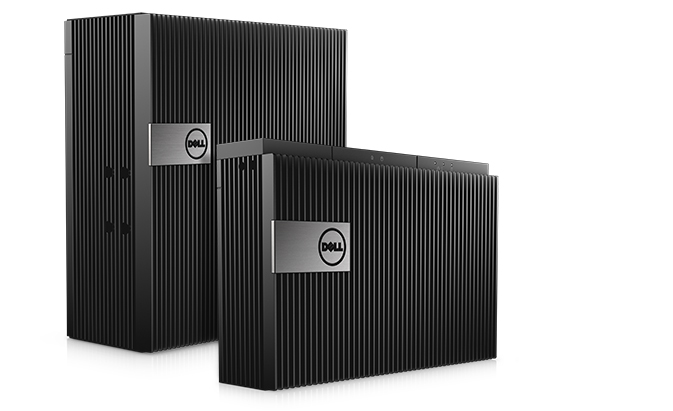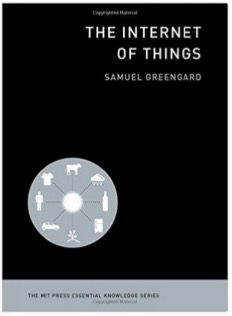Blog
Recent Posts
Embedded Box PC For Internet of Things (IoT) Processing
Posted by on

February 23, 2016 - Dell introduced their Embedded Box PC 3000 and 5000 fanless PCs that are designed to MIL-STD 810G specifications and have an operating temperature range from 0°C to 50°C.
These are highly reliable devices that can be used “headless” or with keyboard, mouse and monitor. Flexible and powerful, with extensive wired and wireless input/output (I/O) options, they run on Intel processors. The 3000 Series is powered by Intel Atom processors and designed for space-constrained applications, such as retail kiosks, automated vending devices and vehicles.
The 5000 Series is optimized for performance and I/O scalability. Powered by Intel Core processors, it includes two PCI/PCIe card slots for adaptability. It provides high-bandwidth ideal for industrial PC and IoT use cases (multi-HD video streaming apps and high frequency sensor data sources) as well as manufacturing and automation control.
Other features:
- Operating temperature range from 0°C to 50°C
- Designed to MIL-STD 810G specifications
- DIN-rail, VESA, or wall mount options
- 5-year lifecycle and OEM-ready options
- Global availability with Dell Support and Deployment services
- Microsoft Windows 7 Pro, Windows 7 Embedded, Windows 10 Pro* and Windows 10 IoT Enterprise LTSB and Ubuntu Desktop operating systems
The Internet of Things (The MIT Press Essential Knowledge series)
We turn on the lights in our house from a desk in an office miles away. Our refrigerator alerts us to buy milk on the way home. A package of cookies on the supermarket shelf suggests that we buy it, based on past purchases. The cookies themselves are on the shelf because of a "smart" supply chain. When we get home, the thermostat has already adjusted the temperature so that it's toasty or bracing, whichever we prefer. This is the Internet of Things -- a networked world of connected devices, objects, and people. In this book, Samuel Greengard offers a guided tour through this emerging world and how it will change the way we live and work.
Greengard explains that the Internet of Things (IoT) is still in its early stages. Smart phones, cloud computing, RFID (radio-frequency identification) technology, sensors, and miniaturization are converging to make possible a new generation of embedded and immersive technology. Greengard traces the origins of the IoT from the early days of personal computers and the Internet and examines how it creates the conceptual and practical framework for a connected world. He explores the industrial Internet and machine-to-machine communication, the basis for smart manufacturing and end-to-end supply chain visibility; the growing array of smart consumer devices and services -- from Fitbit fitness wristbands to mobile apps for banking; the practical and technical challenges of building the IoT; and the risks of a connected world, including a widening digital divide and threats to privacy and security. Finally, he considers the long-term impact of the IoT on society, narrating an eye-opening "Day in the Life" of IoT connections circa 2025.
 Loading... Please wait...
Loading... Please wait...

